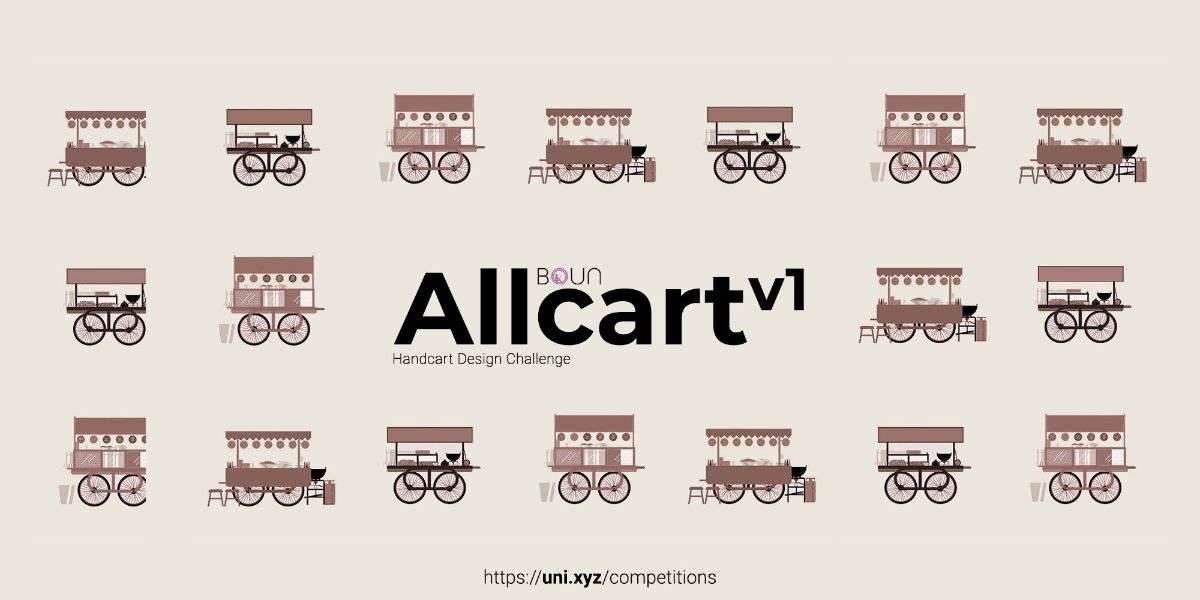Architectural competitions and their role in developing the architect, student and designer

Architectural competitions play a crucial role in the development of architects, students, and designers. These competitions provide a platform for aspiring and established architects to showcase their talent, creativity, and innovation. They also offer opportunities for professional growth, learning, and networking. Let’s delve into the various ways in which architectural competitions contribute to the development of these stakeholders.

- Developing Architectural Skills: Architectural competitions challenge participants to come up with creative and innovative design solutions within a specified brief and constraints. This fosters critical thinking, problem-solving skills, and design proficiency. Competitions encourage architects to push the boundaries of their creativity, experiment with new ideas, and develop their unique design approach. This process helps in refining their architectural skills and honing their craft.
- Enhancing Design Portfolio: Winning or participating in architectural competitions adds value to an architect’s portfolio. It showcases their ability to conceptualize, design, and execute projects. A strong portfolio with competition-winning projects can help architects to gain recognition, attract potential clients or employers, and open up new opportunities for career advancement.
- Encouraging Lifelong Learning: Architectural competitions provide a platform for continuous learning and professional development. Participants are exposed to different design briefs, project types, and scales, which broaden their understanding of the built environment. Competitions also often involve interdisciplinary collaborations, allowing architects to learn from other design professionals and expand their knowledge beyond their own field. This encourages a culture of lifelong learning and growth among architects.
- Fostering Collaboration and Networking: Architectural competitions often require teamwork and collaboration, especially in larger-scale projects. Participating in competitions allows architects to work in diverse teams, learn from others’ perspectives, and develop effective collaboration skills. Additionally, competitions offer opportunities for networking with industry experts, potential clients, and fellow architects, which can lead to valuable professional connections and future collaborations.
- Promoting Innovation and Sustainability: Many architectural competitions focus on promoting innovation, sustainability, and social responsibility in design. These competitions challenge architects to think beyond conventional solutions and come up with innovative, sustainable, and contextually relevant designs. This encourages architects to stay updated with the latest design trends, technologies, and sustainable practices, and integrate them into their work, contributing to the advancement of the architectural profession.
- Nurturing Students and Emerging Architects: Architectural competitions also play a vital role in nurturing the next generation of architects. Many competitions are open to students and emerging professionals, providing them with a platform to gain practical experience, showcase their skills, and build their portfolios. Competitions expose students to real-world challenges and provide them with valuable feedback from experienced professionals, helping them to improve their skills and gain confidence in their abilities.

In conclusion, architectural competitions are instrumental in the development of architects, students, and designers. They provide a platform for skill development, portfolio enhancement, lifelong learning, collaboration, innovation, and networking. Architectural competitions contribute to the growth and advancement of the architectural profession by fostering creativity, encouraging professional development, and nurturing the next generation of architects.
- Enhancing Creativity: Architectural competitions push architects, students, and designers to think outside the box and come up with creative and innovative design solutions. Competitions often have unique design briefs or challenges that require participants to explore new ideas and approaches, fostering their creativity and expanding their design skills.
- Developing Problem-Solving Skills: Architectural competitions present participants with real-world design problems that require critical thinking and problem-solving skills. Competitors must analyze the project requirements, constraints, and context to develop viable solutions. This helps in honing their problem-solving skills, which are essential for professional architects, students, and designers.
- Encouraging Research and Exploration: Architectural competitions often involve research and exploration to understand the site, context, materials, and technologies. This promotes a culture of continuous learning and encourages participants to stay updated with the latest advancements in the field of architecture. Competitions provide opportunities to explore new design trends, technologies, and sustainable practices, contributing to professional development.
- Improving Design Communication: Competitions require participants to communicate their design ideas effectively through drawings, models, and presentations. This helps architects, students, and designers develop their skills in visual communication, presentation, and storytelling. Clear and compelling design communication is critical for successful architectural projects, and competitions provide a platform to improve these skills.
- Building Professional Networks: Architectural competitions offer opportunities for networking and building professional connections. Competitors often interact with industry experts, potential clients, and fellow architects during the competition process. This can lead to valuable networking opportunities, collaborations, and future projects, contributing to professional growth and advancement.
- Gaining Recognition and Exposure: Winning or participating in architectural competitions can provide recognition and exposure to architects, students, and designers. Competitions often receive extensive media coverage, and winning projects are showcased in exhibitions, publications, and online platforms. This exposure can enhance their professional reputation, attract potential clients or employers, and open up new opportunities.
- Encouraging Multidisciplinary Collaboration: Many architectural competitions require participants to collaborate with professionals from other disciplines, such as engineers, urban planners, or landscape architects. This encourages multidisciplinary collaboration and helps architects, students, and designers understand the importance of working in diverse teams, learning from other professionals, and integrating different perspectives into their design approach.
- Nurturing Emerging Talent: Architectural competitions provide a platform for students and emerging architects to gain practical experience, showcase their skills, and build their portfolios. Competitions for emerging professionals often offer mentorship, feedback, and exposure to the professional architectural community. This helps in nurturing emerging talent, providing them with opportunities to grow, learn, and establish their careers in the field of architecture.
In summary, architectural competitions play a significant role in the development of architects, students, and designers by enhancing creativity, developing problem-solving skills, encouraging research and exploration, improving design communication, building professional networks, gaining recognition and exposure, encouraging multidisciplinary collaboration, and nurturing emerging talent. Participating in competitions can contribute to the professional growth, skill development, and advancement of individuals in the field of architecture.
Architect Job: Bespoke: London Lead for Emerging Global Practice





